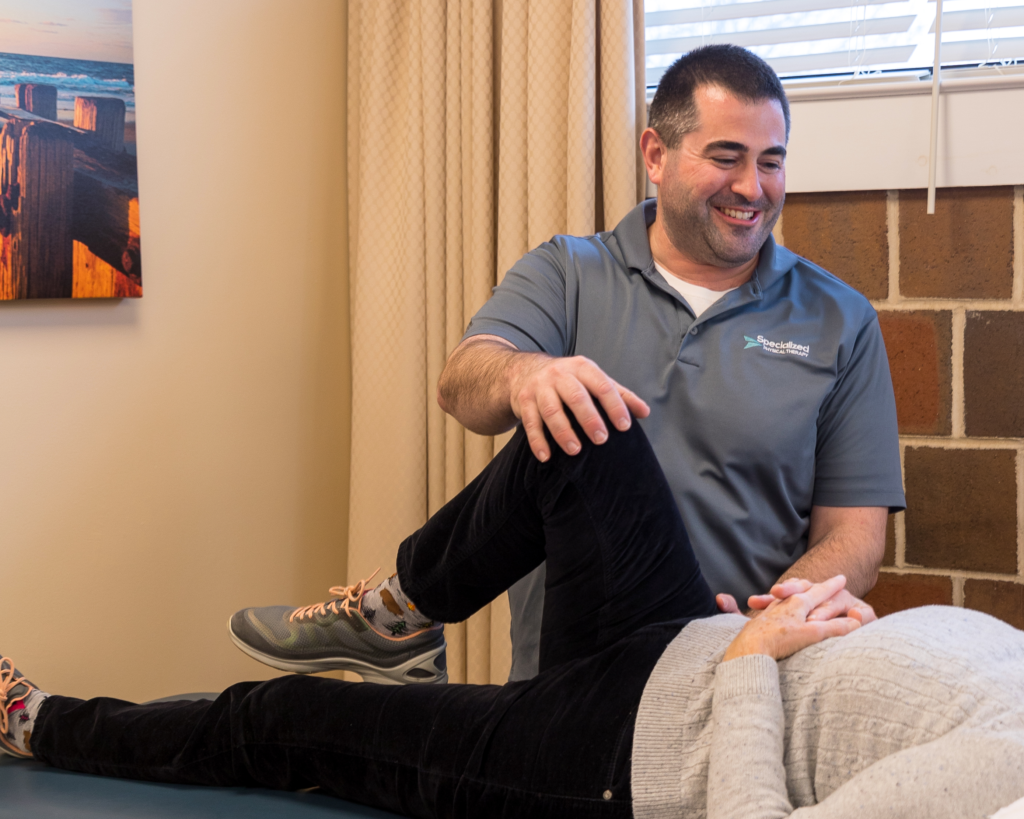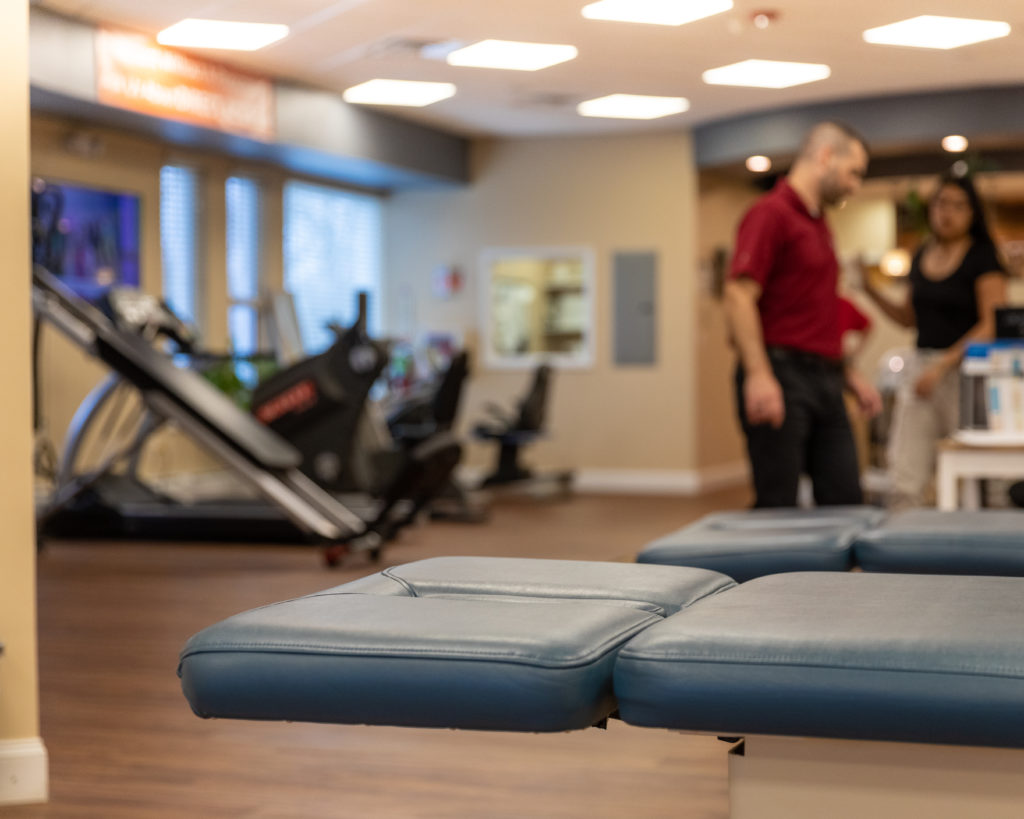5 Reasons Physical Therapy Is Important After Surgery
Whether you are having a hip replacement or an open-heart surgery, you will need some type of physical therapy in order to help in recovery. Rehabilitation not only speeds the healing process, but it also will help you learn the best way to care for yourself and return to your daily activities.

Physical therapists can tailor treatments to improve the overall well-being of a patient, better ensuring long-term success. In fact, studies have shown the value of beginning exercise training and rehabilitation as soon as possible after surgery.
Below Are five reasons why physical therapy is an important part of any surgery recovery:
1. It Improves Mobility, Balance and Strength
Surgery can cause a mobility limitation in the affected body part. The body’s natural response is to protect the area of trauma, which can cause muscle tightness, swelling, spasms and limited range of motion. Physical therapy can help patients regain mobility through movement, strengthening exercises, and other techniques. Also, exercises to strengthen muscles in the core, back and pelvis increase stability and improve balance, which can especially help in recovering from surgeries like knee or hip replacement.
2. Eases Pain and Swelling
Swelling after surgery is a normal part of the healing process and varies greatly from one person to the next. Chemicals that stimulate nerve endings are released, and the excess inflammation compresses the nerves, creating pain. Reducing swelling promotes healing and improves mobility, both of which reduce overall pain. Exercises and movement done during rehabilitation can help to decrease swelling and prevent surgical pain from becoming chronic.
3. Reduces Scar Tissue Formation
After an injury or surgery, scar tissue forms, and soft tissue contracts as part of the natural healing process. Surgery anywhere on the body can lead to scarring, and excess scar tissue can reduce function and movement for months after a procedure. A physical therapist can perform many types of tissue mobilization techniques, including massage and ultrasound therapy, to soften scar tissue and return patients to normal flexibility.
4. Reduces The Development Of Secondary Issues
Infection, blood clots, and other complications sometimes occur after surgery, and physical therapy can reduce these often costly and debilitating secondary complications. Tailored movement exercises done after surgery with a physical therapist will help to decrease the risk for infection, contractures, and blood clots.
5. Improves Flexibility
Inactivity leads to weakened muscles that easily become stiff and prone to further injury. When muscles are tight and joints are stiff, normal daily activities such as reaching overhead, climbing stairs and rising from a seated position can be severely affected. Gentle stretching exercises are among the first activities introduced after surgery and are designed to keep vulnerable muscles limber.

Since it typically takes six to eight weeks for soft tissue to heal, you should plan to participate in therapeutic activities for at least that long. Depending on the surgery, rehabilitation could take place inpatient or outpatient, or some combination of both. It’s also likely you will receive “homework” exercises to perform on your own, as you recover.
Physical therapy can go a long way in returning patients to their normal lifestyle and activity levels after surgery. Feel free to reach out to us today so we can answer any questions you might have!

